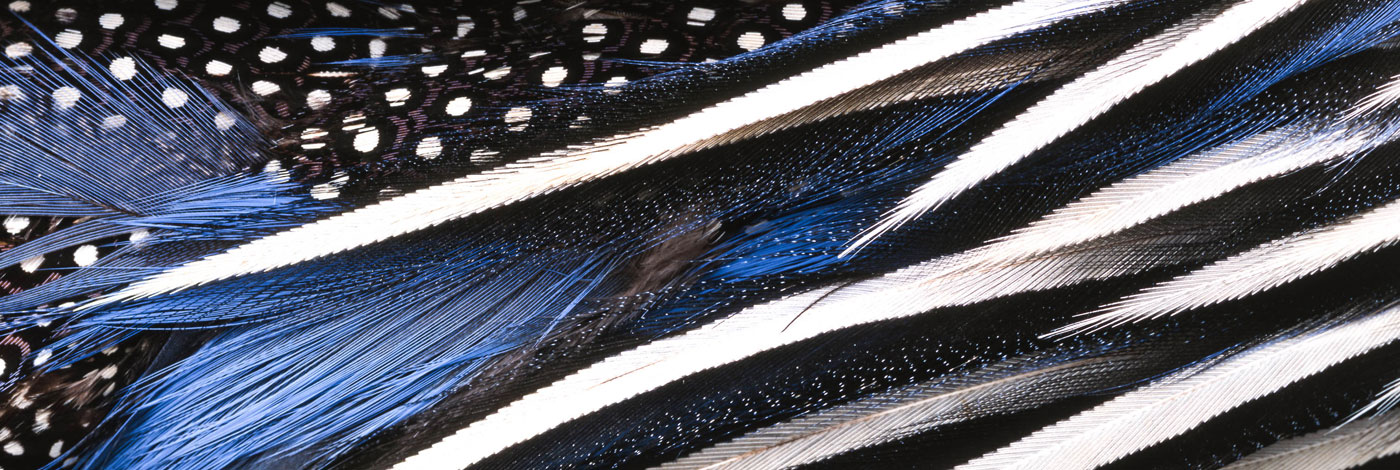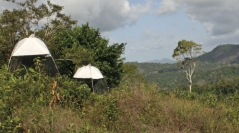

 Zoosystema
40 (13) - Pages 327-365
Zoosystema
40 (13) - Pages 327-365This article introduces the biodiversity survey “Our Planet Reviewed” in the south of French Guiana organized in February-March and August 2015. It has enabled more than 50 scientists to inventory the following groups: Actinopterygii, Amphibia, Annelida, Arachnida, Insecta, Mollusca and Squamata, with a particular effort on diverse and little-known orders, such as Coleoptera, Diptera, Hemiptera and Hymenoptera. The forested area under investigation presents a mosaic of hills and inselbergs, with a wide variety of ecosystems. The main objectives were to discover new species for science, report first records for French Guiana, and establish a baseline inventory for biogeographic studies. The organisation of the field trip and post-field phase are supported by coordinators of major taxonomic groups. Authorisations and associated commitments, including Access and Benefit Sharing (ABS) are specified. The sampling effort, in terms of number and diversity of methods, is certainly the largest ever made in French Guiana over a short period of time. Thirteen different trap types were used including four types of interception traps and nine types of attraction-based traps. Active research methods (13 techniques) and extraction from the substrate (five techniques, including Winkler sieves, emergence from dead wood, etc.) completed the sampling array. The sample processing procedure describes the difference between active collecting and the longer and more complex process of processing massive samples of traps such as window pane flight intercept traps, Malaise traps, colored pan traps and automatic light traps. After a sorting phase that lasted less than a year for most groups, a network of 165 taxonomic experts was mobilized by the coordinators to study the sorted specimens. The data are stored and managed in an observations database and in the database of the collections of the Muséum national d’Histoire naturelle (Paris). Data are widely disseminated, notably in France via the Inventaire national du Patrimoine naturel (INPN) and internationally by the Global Biodiversity Information Facility (GBIF). This introductory article will be supplemented by a second paper, which will analyse research results three years after the survey and assess the effectiveness of the expedition in advancing taxonomic knowledge.
Tumuc Humac, Guiana Shield, Amazonian forest, ATBI, sampling strategy, collecting methods, taxonomic impediment, invertebrates, inventory.